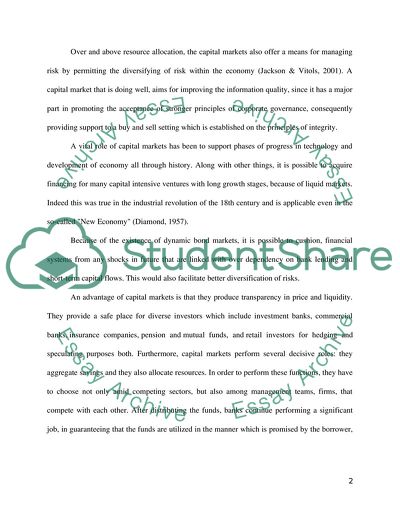Cite this document
(Capital Markets: Exchange of Funds Research Paper - 1, n.d.)
Capital Markets: Exchange of Funds Research Paper - 1. Retrieved from https://studentshare.org/macro-microeconomics/1762158-international-financial-markets
Capital Markets: Exchange of Funds Research Paper - 1. Retrieved from https://studentshare.org/macro-microeconomics/1762158-international-financial-markets
(Capital Markets: Exchange of Funds Research Paper - 1)
Capital Markets: Exchange of Funds Research Paper - 1. https://studentshare.org/macro-microeconomics/1762158-international-financial-markets.
Capital Markets: Exchange of Funds Research Paper - 1. https://studentshare.org/macro-microeconomics/1762158-international-financial-markets.
“Capital Markets: Exchange of Funds Research Paper - 1”, n.d. https://studentshare.org/macro-microeconomics/1762158-international-financial-markets.


